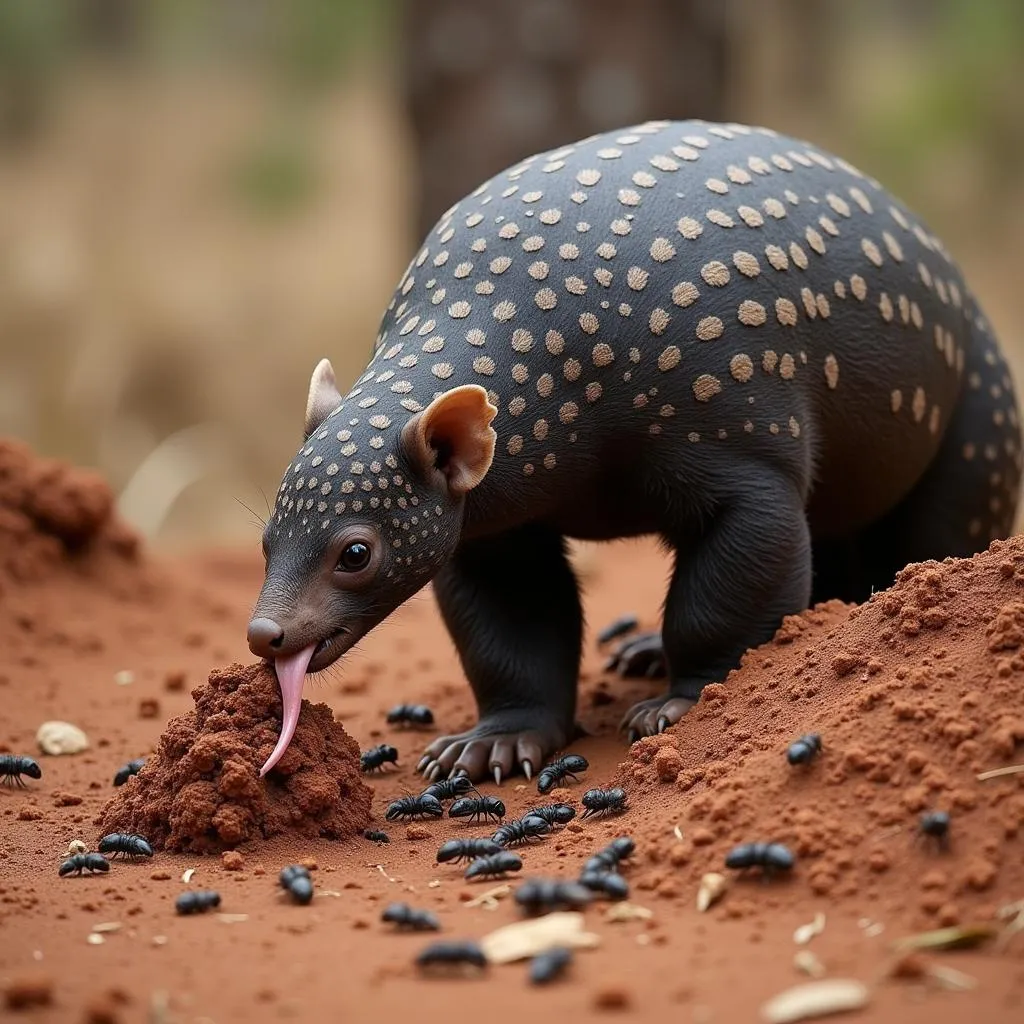The Versatile World of African Grass Mats
African Grass Mats are more than just simple floor coverings; they represent a rich tapestry of cultural heritage, sustainable craftsmanship, and versatile functionality across the African continent. From homes to ceremonies, these mats play an integral role in daily life, reflecting the diverse traditions and artistic expressions of various communities. After exploring the origins and significance of these mats, you’ll understand why they’re more than just functional items; they’re pieces of African art.
Weaving Tradition: The Making of African Grass Mats
The process of creating an African grass mat is a testament to the resourcefulness and artistic skills passed down through generations. Different regions utilize various locally sourced grasses, reeds, and other natural fibers, each contributing unique textures and colors to the finished product. For example, in some areas, tough grasses like elephant grass are favored for their durability, while others might use softer reeds for a more pliable mat.
The techniques employed in weaving these mats vary widely, showcasing the ingenuity of African artisans. Some communities use simple plaiting methods, while others employ complex twining and coiling techniques, creating intricate patterns and designs. This meticulous craftsmanship transforms simple materials into durable and beautiful works of art.
Beyond the Floor: Diverse Uses of African Grass Mats
While often used as floor coverings, African grass mats serve a multitude of purposes, showcasing their adaptability and importance in daily life. They provide comfortable bedding, shade from the scorching sun, and even act as temporary partitions in homes. During ceremonies and rituals, specific types of mats often hold symbolic meaning, further highlighting their cultural significance. They might be used as seating for honored guests or as part of traditional dances and performances.
Think of the simple beauty of an african bamileke table adorned with a handwoven grass mat, adding a touch of rustic elegance to a space. The versatility extends beyond the home as well. These mats are utilized in marketplaces, providing a comfortable surface for displaying goods and engaging in trade. Their lightweight and portable nature makes them ideal for outdoor activities and picnics.
African Grass Mats: A Symbol of Sustainability
In a world increasingly focused on sustainable practices, African grass mats stand out as an eco-friendly alternative to synthetic materials. The use of locally sourced and renewable resources ensures minimal environmental impact. Furthermore, the traditional weaving techniques require no electricity or heavy machinery, minimizing carbon emissions and promoting sustainable production. These mats are biodegradable, further reducing their environmental footprint.
Did you know that choosing an African grass mat contributes to the preservation of traditional craftmanship and supports local economies? By purchasing these handmade items, you directly empower artisans and their communities, ensuring the continuation of these valuable skills for future generations.
Maintaining and Caring for Your African Grass Mat
Proper care ensures the longevity and beauty of your African grass mat. Regular shaking or vacuuming helps remove dust and debris. For spills or stains, spot cleaning with mild soap and water is usually sufficient. Avoid excessive moisture and direct sunlight to prevent fading and damage.
Conclusion: Embrace the Timeless Appeal of African Grass Mats
African grass mats offer a unique blend of functionality, artistry, and sustainability. They embody the spirit of African culture and craftsmanship, adding a touch of natural elegance to any space. By choosing an African grass mat, you not only acquire a beautiful and durable item but also support sustainable practices and contribute to the preservation of a rich cultural heritage. Consider incorporating an African grass mat into your home décor, embracing its timeless appeal and the story it tells.
FAQs about African Grass Mats
- Are African grass mats durable? Yes, with proper care, they can last for many years.
- What are African grass mats made of? They are typically made from various grasses, reeds, and other natural fibers.
- How do I clean an African grass mat? Regular shaking or vacuuming, and spot cleaning with mild soap and water as needed.
- Are African grass mats eco-friendly? Yes, they are made from renewable resources and utilize sustainable production methods.
- Where can I buy an authentic African grass mat? Check online marketplaces, fair trade shops, or connect directly with artisans.
Anika Kwame, a renowned anthropologist specializing in African art and culture, shares her insights: “African grass mats are not merely functional objects; they are woven narratives of tradition, artistry, and sustainable living. They encapsulate the spirit of resourcefulness and creativity, transforming simple materials into objects of enduring beauty.”
Dr. Kofi Asante, an expert in sustainable design, adds: “The ecological footprint of an African grass mat is remarkably low, making it a truly sustainable choice for modern living. By embracing these traditional crafts, we contribute to a greener future.”
You might be interested in reading about related topics like african bermuda grass or the intriguing african grass owl. If you’re fascinated by the history of East Africa, you could delve into the world of a 2 mya primate that lived in east african grasslands. Explore the unique artistic traditions reflected in an african bamileke table or even delve into the captivating world of african elephant activities.
For assistance or inquiries, contact us at Phone Number: +255768904061, Email: kaka.mag@gmail.com or visit our address: Mbarali DC Mawindi, Kangaga, Tanzania. Our customer service team is available 24/7.

